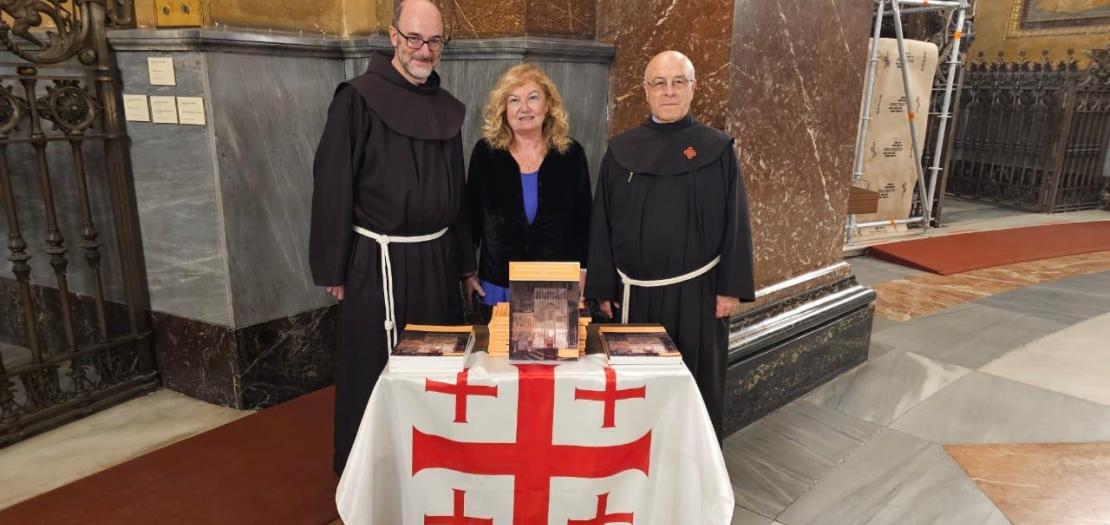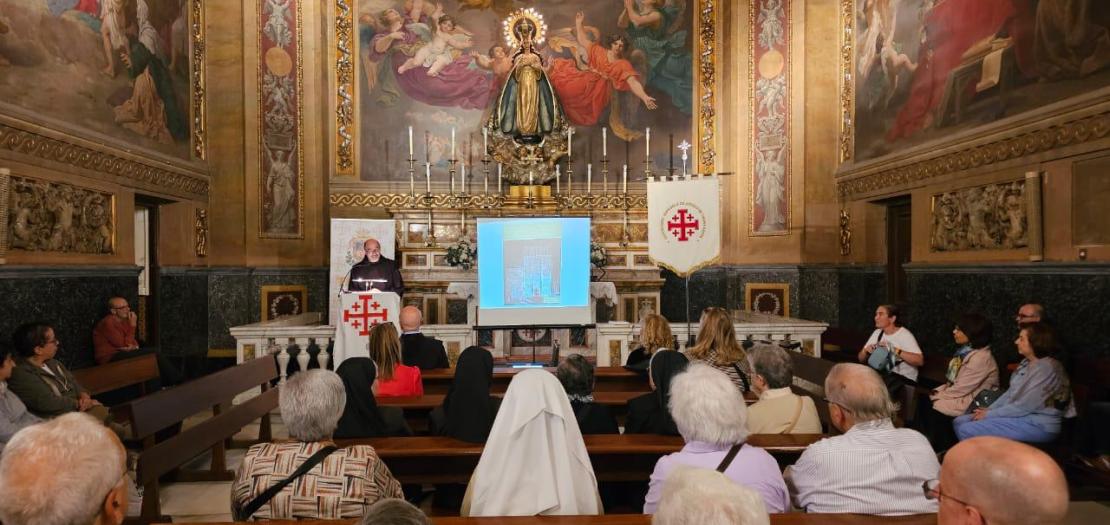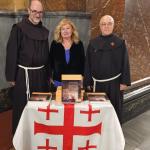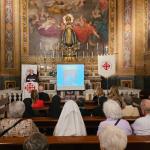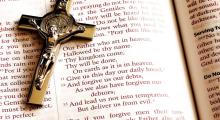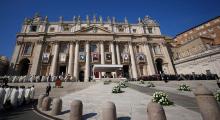Issued by the Catholic Center for Studies and Media - Jordan. Editor-in-chief Fr. Rif'at Bader - موقع أبونا abouna.org
In the Chapel of the Immaculate Conception at the Basilica of San Francisco el Grande (Madrid), the book, “The Holy Sepulcher Close to Home: Pilgrims in San Girolamo, Reggio Emilia, and Santo Stefano, Bologna, Emilia Region, Italy “was presented on October 17.
The president of the Friends of the Holy Land Association, Rafael Martínez Casado, officially introduced the author, Maria Cristina Rattighieri, and Brother Quirico, who played a key role in the book’s publication.
Then, Brother Luis Quintana, director of the Holy Land Center, spoke:
“Throughout history, when it was difficult to make a pilgrimage to the Holy Land, devotees brought the Holy Land to their own regions. This book describes two replicas of the Holy Sepulcher found in Italy,” he explained.
Brother Quirico added that pilgrims have always visited the sacred places of their faith:
“When Christians lost control of the Holy Sites, they brought relics out of the Holy Land to build sanctuaries, leading to the flourishing of replicas of the Holy Sepulcher. The author, during her stay in the Holy Land, was a devoted pilgrim to the sanctuaries, especially the Holy Sepulcher, where she met the Franciscan friars and appreciated their work in the shrines and in education. She then felt an almost sentimental duty to make these replicas known to a wider public. The publication, created with passion and scientific rigor, had a challenging development but, thanks to various factors, was finally published by Ediciones Tierra Santa, which carries on the legacy of the Franciscan Press of Jerusalem,” Brother Quirico said.
The author, Maria Cristina Rattighieri, then took the floor, explaining that she discovered an unknown replica of the Holy Sepulcher near her home in Reggio Emilia:
“The data, physical features, and photographs now form part of Jerusalem’s database, becoming international heritage — which was the main goal of this book. I began to share my research and was fortunate to present the devotional complex of San Girolamo and its replica for the first time to an international audience at a World Congress of Jewish Studies.”
She added:
“The book focuses on pilgrims and pilgrimages and their devotion to two replicas of Jerusalem’s Holy Sepulcher — one in Reggio Emilia and another in Bologna, built in different periods. These two places are presented through the eyes of a pilgrim rather than an architectural analysis, describing the Stations of the Passion and Death of Christ through the stages of a religious itinerary. The Holy Sepulcher is the most sacred and venerated place in the Christian world. These replicas became ‘substitute’ pilgrimage sites for the many who could not travel to Jerusalem.”
After its success in Madrid, the book will soon be presented in Buenos Aires and Mendoza (Argentina), and later in Mexico (Mexico City, Guadalajara, and Monterrey) and Cuba.


